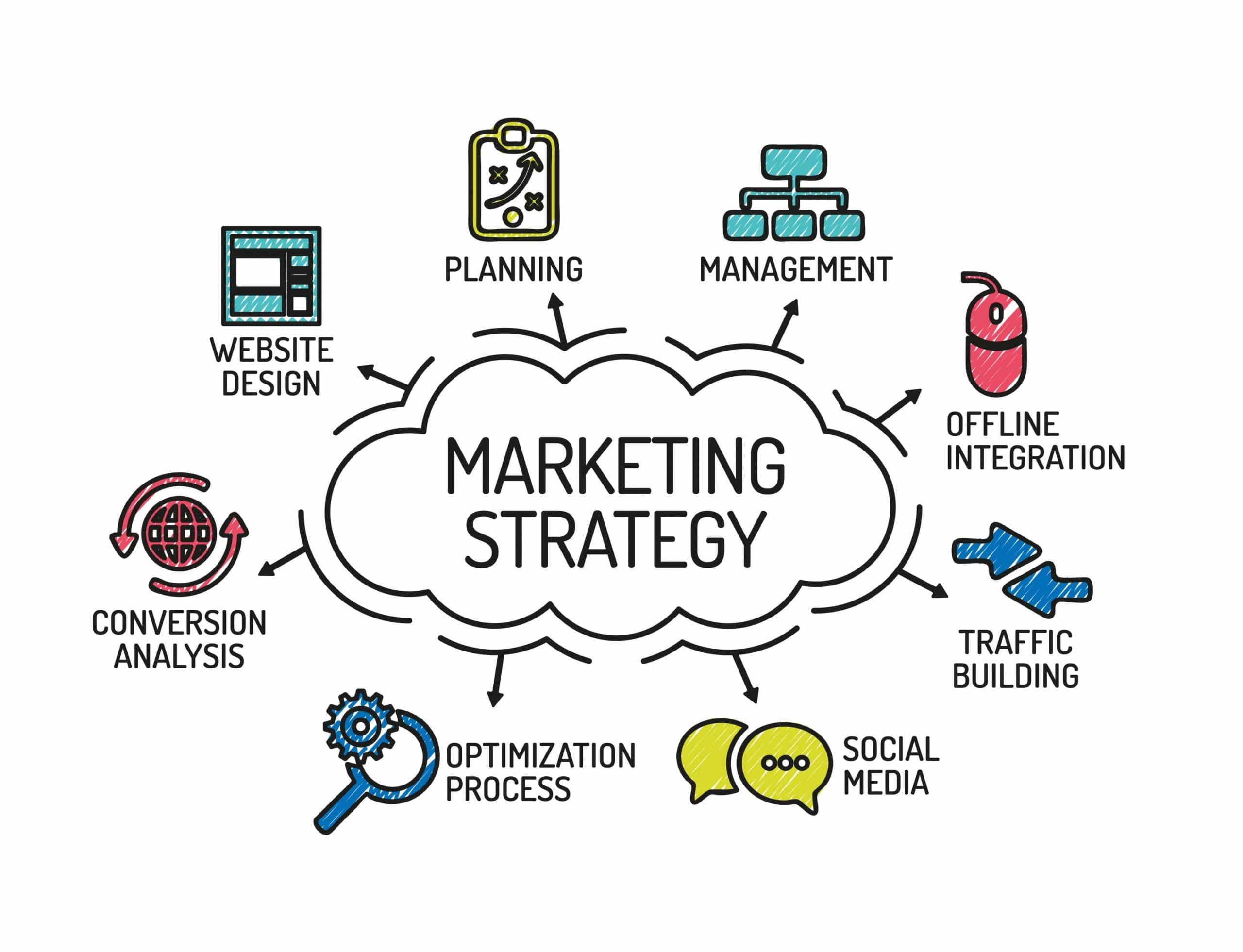According to Windows Central and the stats from Netmarketshare, over 1.3 billion people are using Windows 10 in 2020, representing more than 85 percent of all active users. While Windows 7 is still the most widely used version, its share has fallen to less than 50 percent of active Windows users.
The world’s most popular operating system has just been upgraded. Does this mean that your business needs to upgrade too?
Microsoft Windows 10 is their famous OS’s latest version, released just two years ago. Now, many people are wondering what to do about their existing systems and how Windows 10 will affect them. So, to help you out here’s everything you need to know about upgrading to Windows 10.
Windows 10, Microsoft’s new operating system, is set to launch on July 29th, 2015. It has received mostly favorable reviews from both the technology and entertainment communities.
The system has several new features, including a revamped Start menu, improved integration with devices like the Xbox One and Windows Phone, and an upgrade to DirectX 12, Microsoft’s next-generation graphics API.
What is Windows 10
Windows 10 is the latest version of Microsoft’s Windows OS. It’s designed to be the best experience, especially for PC users. If you have an older computer, you should consider upgrading.

Microsoft has decided to drop support for Windows 7 and Windows 8. Windows 10 is their most recent operating system and will no longer offer updates for these versions. If you use these versions, you will not receive any new features or bug fixes.
If you are running Windows 7, you will not be able to use any apps made for Windows 8 and earlier. You will also no longer receive security updates for these operating systems.
However, if you are running Windows 8 or 8.1, you still have the option to upgrade. This is because you will still receive updates until 2020 when Windows 7 support ends.
Why use Windows 10?
Microsoft’s Windows 10 is the most popular operating system in the world, so it’s no surprise that businesses are considering whether they should adopt it. Many companies have already made the switch, and others are waiting to see how their customers react to the update.
“It’s a change in the industry,” said Brian Bouchard, marketing director at Bouchard Roofing Systems. “It’s a bit of a gamble for us. It’s something that we’re going to have to work through and see how the marketplace responds to it.” Bouchard said the company had received good feedback so far. “It’s been positive,” he said.
Why Windows 10 is popular
Microsoft’s Windows 10 is the most popular operating system in the world, so it’s no surprise that businesses are considering whether they should adopt it. Many companies have already made the switch, and others are waiting to see how their customers react to the update.
If you’re considering a move to Windows 10, it can be daunting to know where to start. It’s important to understand what’s involved with a Windows 10 upgrade before you jump. This guide will walk you through the process and help you decide if it’s right for your business.
What are some benefits of using Windows 10?
Windows 10 is not only one of the most widely used operating systems but also one of the best. It offers a host of features to make your computer more efficient. Here’s a list of some of the most useful ones.
1. Cortana
Cortana is a voice-activated personal assistant that can help you find files, launch apps, and so on.
2. Edge browser
Edge is Microsoft’s new web browser. It’s designed to be faster and simpler than Internet Explorer. It’s also a lot more secure.
The Start menu is gone, but the Start screen has replaced it. It allows you to pin and organize apps into categories.
4. Files and folders
Windows 10 lets you access your files and folders directly from the Start screen. You can also drag and drop them between different locations.
5. App Store
The Windows Store is now called the App Store. Apps are available for download on Windows 10 PCs.
6. Timeline
Timeline is a new feature that gives you a summary of what you did throughout the day. You can use it to record important meetings, check your messages, etc.
7. Universal apps
Universal apps are apps that can run on both Windows and Android devices. They’re usually built with HTML5 and JavaScript to work on various platforms.
8. Xbox Live
Xbox Live is Microsoft’s digital gaming platform. It allows you to play games and interact with friends.
9. Windows Store
Windows Store is a collection of apps for Windows 10. You can get them from the Windows Store or third-party sites like Google Play.
10. Windows Phone
Windows Phone is Microsoft’s mobile operating system. It’s used on various devices, including phones, tablets, and laptops.
Frequently Asked Questions (FAQs)
Q: How did you first learn about Windows 10?
A: I first learned about Windows 10 when I received an email from my boss telling me that Microsoft had released a new version of Windows.
Q: What are the advantages of Windows 10?
A: There are a few advantages. The most important benefit is that it has Cortana, like Apple’s Siri. You can use it to ask questions, give directions, and so on. It is also super fast and very powerful.
Q: Do you think Windows 10 will replace Windows 8?
A: Yes. Everyone I know is moving to Windows 10, and I am one of them.
Q: Have you seen any major changes in Windows 10?
A: Yes. In Windows 10, they made it so you can drag and drop stuff into apps like photos, music, etc. You also have a taskbar, where
Top Myth about Windows 10
1. Windows 10 has a recovery partition.
2. Windows 10 will run your program with the right hardware.
3. Windows 10 has an automatic update process that installs all new updates.
Conclusion
I think this is a little too early to call. But I do think Windows 10 has the potential to be the next big thing in operating systems. While it seems like Microsoft is in trouble, I believe it will bounce back. I predict it will be the most popular OS within five years.







